Best Cash Cows to Buy
These cash cow stocks and their bulletproof balance sheets are built to weather Wall Street's and Main Street's prevailing storms.
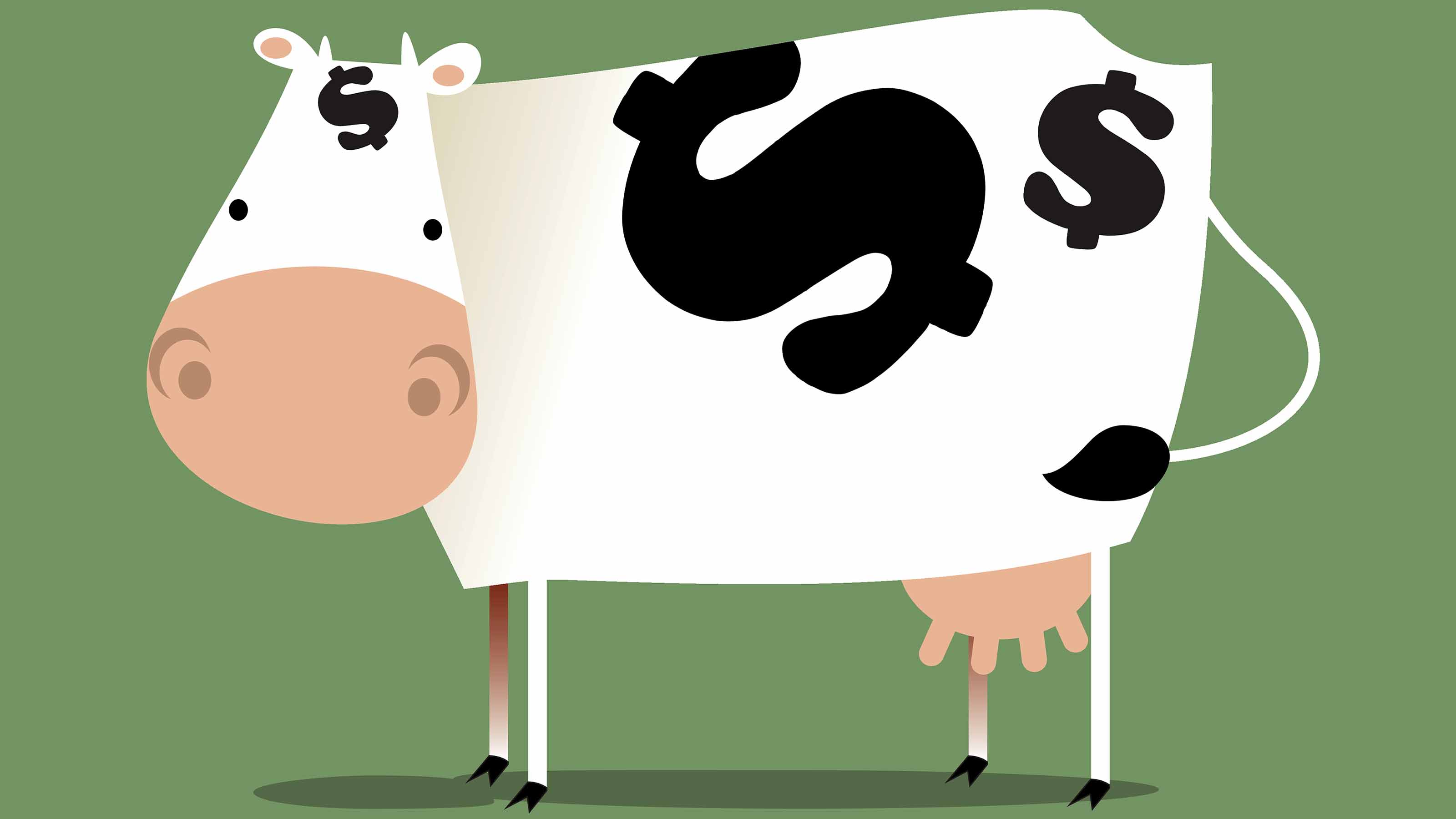

There are many ways to measure stability on Wall Street. For you and me and other individual investors, it's a basic question of identifying the best cash cows to buy.
Some market participants prioritize metrics such as the value of a company vs its underlying assets to make sure they're not overpaying for shares.
Others seek steady operating cash flow: Money comes in steadily and substantially, fueling growth and sustaining solid business footings.
But value stocks can sometimes be value traps. Cheap stocks are often cheap for good reasons. Often, they do get cheaper.
Meanwhile, stocks with big cash flows can still be highly cyclical businesses dependent on the ups and downs of the broader economy.
At the end of the day, there really is only one measure of how stable a stock really is: cold, hard cash on the balance sheet.
That's the best indicator of a high-quality business and a solid stock to buy for the long term.
High-quality cash cows
"Our equity focus is on quality," writes Wells Fargo Senior Global Market Strategist Scott Wren in a September 4 note. Wren favors large-cap stocks and midcap equities over small-caps and is trimming exposure to communications services stocks following a robust rally off the April lows.
The strategist notes the Fed is still sifting through the impact of tariffs on the broader economy.
Charles Schwab Chief Investment Strategist Liz Ann Sonders expressed a similar view: "Screening for high-quality companies or industries is one of the best ways to play defense these days."
Sonders cited "low volatility, low beta, high interest coverage, and stable profit margins" as characteristics of companies able to survive "turbulence."
Those factors are even more important, as slowing growth and sagging sentiment lead equity analysts to trim their revenue and earnings forecasts, for just about every sector and industry.
The following cash cows have resources that equip them to weather a downturn and to grow their businesses at the same time.
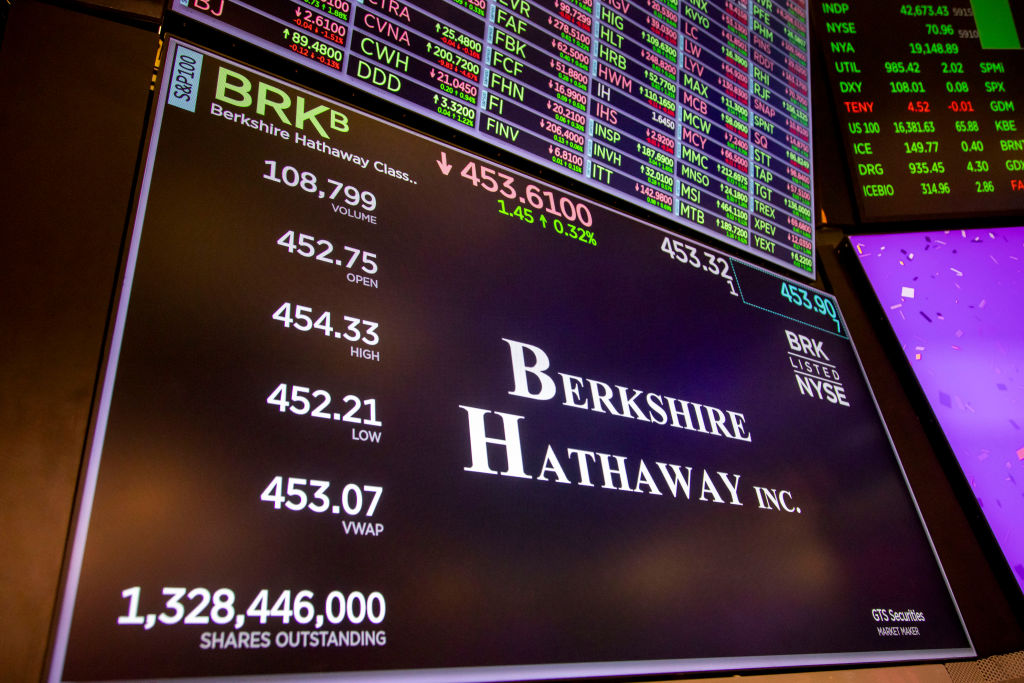
Berkshire Hathaway
- Sector: Financials
- Market value: $1.06 trillion
- Cash on hand: $344.1 billion
Berkshire Hathaway (BRK.B, $490.08) is closely watched by many investors for many different reasons. Warren Buffett and his folksy shareholder letters have down-to-earth market wisdom.
The firm’s reputation for shrewd investment means its filings are closely watched as an indicator of what stocks the smart money is watching.
Lately, however, BRK.B has been attracting interest because of how much money it has on the sidelines. At the start of 2024, the company boasted roughly $167.6 billion in cash and short-term investments to set a company record.
If that wasn't enough, Berkshire Hathaway's cash stockpile roughly doubled across the year to a staggering $334.2 billion at the end of 2024 and to $344 billion by June 2025. The build-up in Berkshire's cash reserves reflects Buffett's experience and his current perspective.
During the 2008 Global Financial Crisis the company made tremendous use of its stockpile through shrewd and well-timed transactions. At the same time, with volatility and uncertainty spiking, Buffett might simply not want to risk making a bad move.
Either way, the strong balance sheet makes BRK.B a pretty darn reliable cash cow for the foreseeable future.
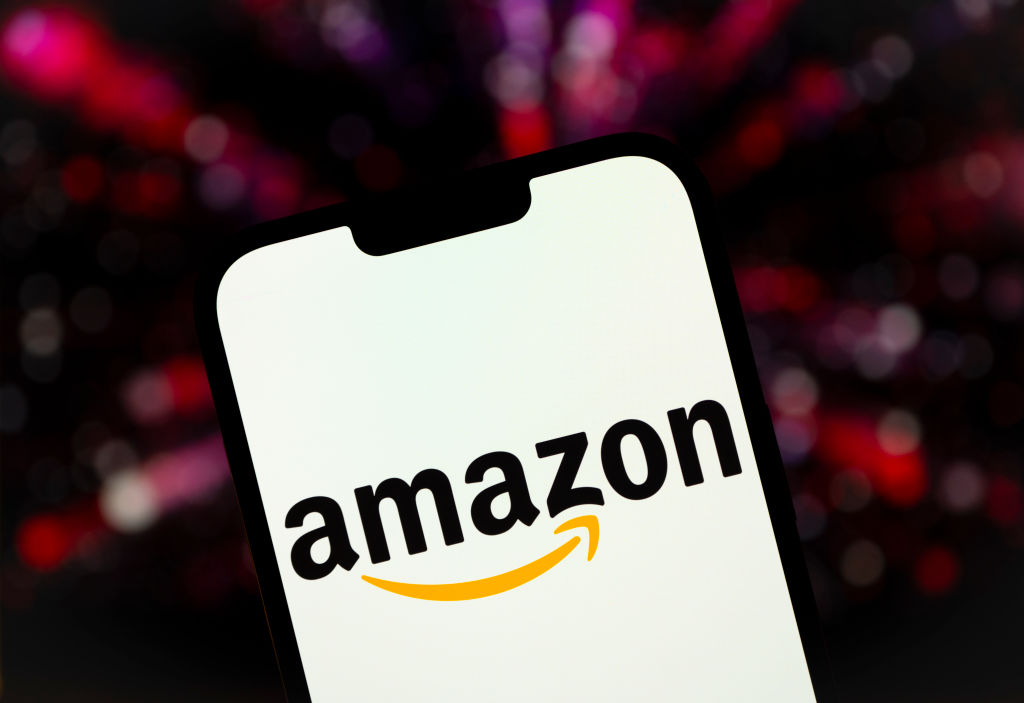
Amazon.com
- Sector: Technology
- Market value: $2.46 trillion
- Cash on hand: $96.89 billion
A dealmaker of a very different kind, Amazon.com (AMZN, $230.33) boasted more than $101 billion in cash on hand at the end of 2024 to make it another cash cow worth watching.
Amazon has a history of bold additions to build out new arms of its business, from paying roughly $1 billion for streaming platform Twitch in 2014 to acquiring grocer Whole Foods for about $14 billion in 2017 to snapping up entertainment icon MGM for almost $9 billion in 2022.
Lately, however, the dealmaking has been pretty thin at AMZN after a big $4 billion investment in AI platform Anthropic, which was first announced in 2023.
At the same time, the company's net income continues to grow — as does its impressive cash stockpile.
Regardless, AMZN is a cash cow with plenty of dry powder to make deals — or weather any short-term turbulence in consumer spending.
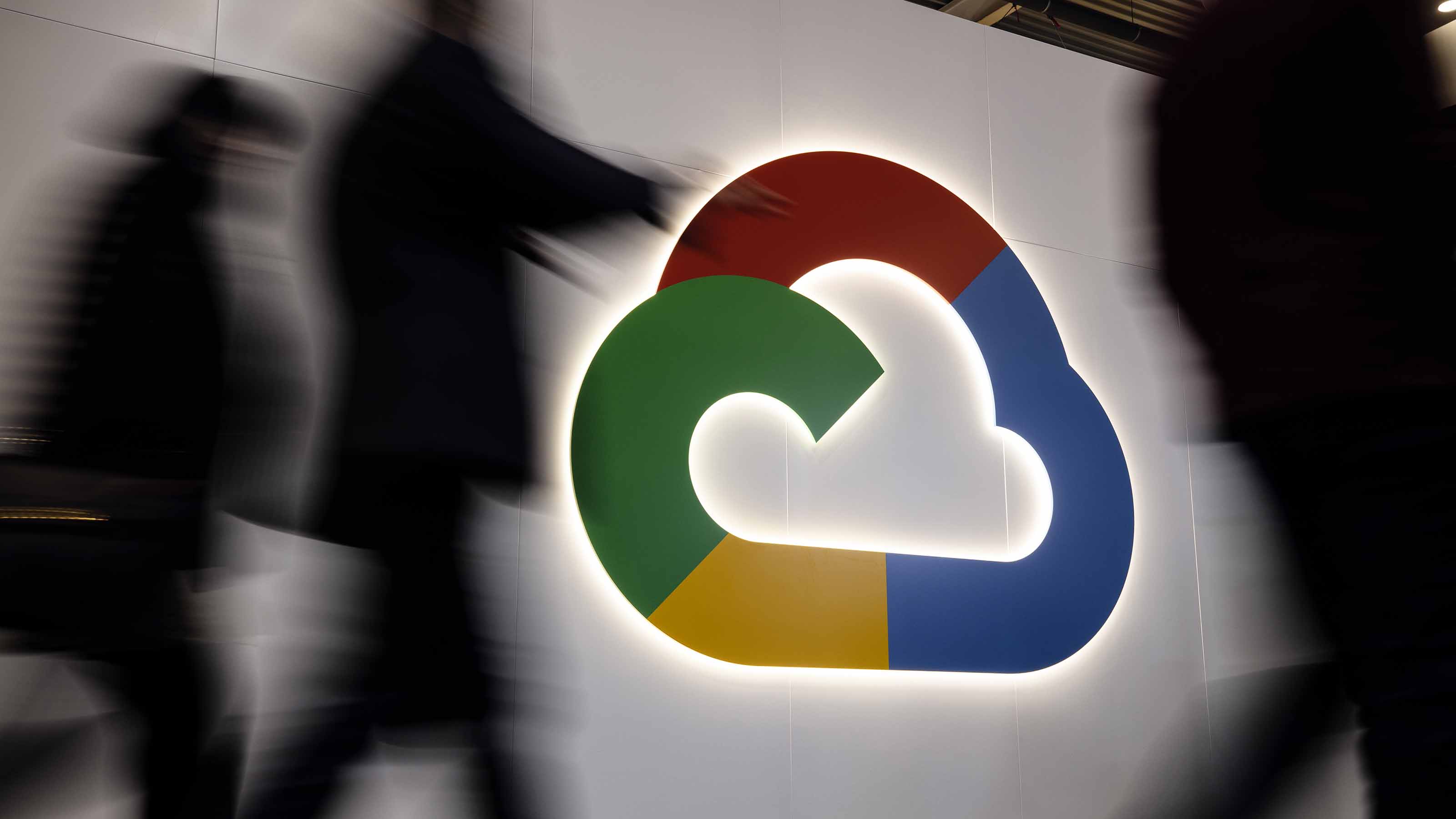
Alphabet
- Sector: Communications
- Market value: $2.89 trillion
- Cash on hand: $95.15 billion
Another Big Tech darling, Google parent Alphabet (GOOGL, $239.17) had "only" $96 billion on hand at the end of 2024.
That was down significantly from the previous year's tally of more than $110 billion, and the reduction wasn’t really because of any big-ticket deals.
It was about some operational spending, including infrastructure capex related to building out AI functionality. Don't think that means GOOGL is afraid to spend, however.
Earlier this year, Google said it will acquire Wiz, a leading cloud security platform, for $32 billion to bolster its Google Cloud offerings. The Wiz transaction will certainly take a big bite out of the end-of-year tallies, though it's not expected to close until 2026.
But tremendous operational consistency and unrivalled scale make GOOGL one of the most reliable Silicon Valley stocks out there. It still has tens of billions in dry powder.
This is another cash cow with more than enough resources to weather any short-term disruptions and/or make additional deals in the months ahead.
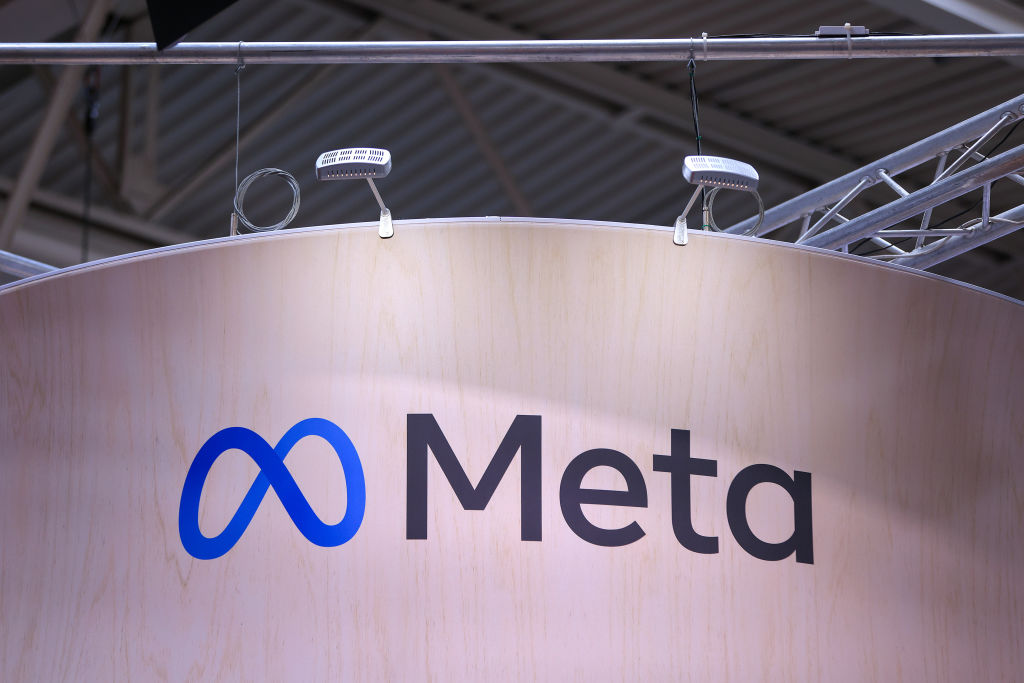
Meta Platforms
- Sector: Communications
- Market value: $1.89 trillion
- Cash on hand: $47.07 billion
The parent of Facebook and Instagram, among other properties, Meta Platforms (META, $751.98) is a lean and tech-savvy communications services stock that has deep pockets and a history of aggressive growth via big-ticket deals.
Examples of Meta's expansive ambitions include the $19 billion takeover of messaging platform WhatsApp in 2014 and the $1 billion acquisition of Instagram in 2012.
Lately, the pace of deals has slowed, in part because Meta is facing antitrust scrutiny for its current stranglehold on major digital media platforms.
Because CEO Mark Zuckerberg is running a profitable company without any major purchases to pay for, META's cash pile continues to grow. As of the end of 2024, the firm reported nearly $78 billion in cash and equivalents.
That's not to say Meta isn’t doing anything. At the end of last year, it spent $10 billion for a massive AI data center in northeast Louisiana that's powered by dedicated natural gas facilities.
The ability to invest heavily in infrastructure such as this and still keep growing its bank account makes Meta a cash cow to watch.
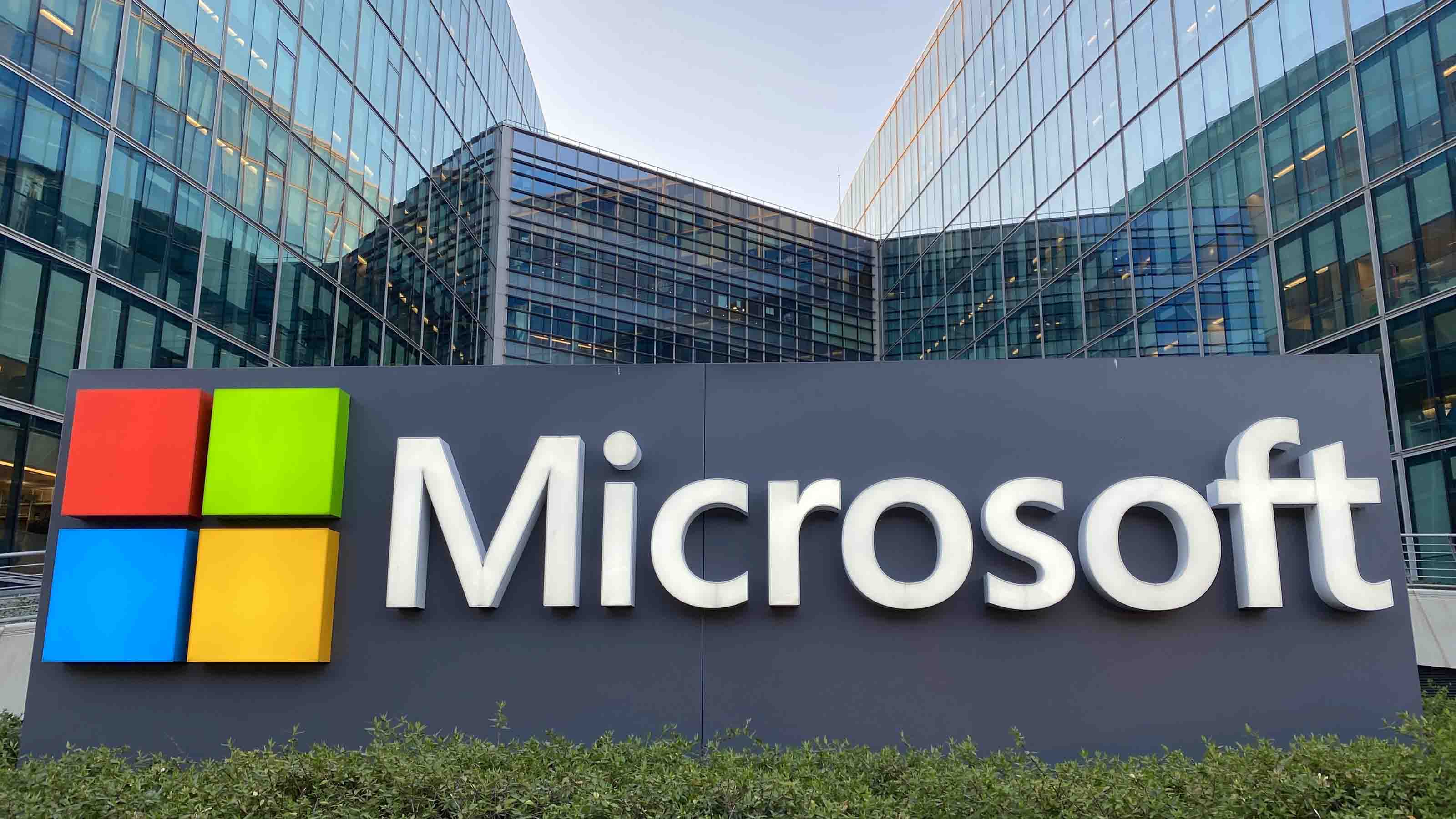
Microsoft
- Sector: Technology
- Market value: $3.72 trillion
- Cash on hand: $94.56 billion
Rounding out the list of cash cows is tech leader Microsoft (MSFT, $500.37), which has long been a leader in corporate America for its bulletproof balance sheet.
Microsoft is one of just two companies in the U.S. that has a tip-top AAA credit rating from Standard & Poor's. (Fellow Dow Jones stock Johnson & Johnson (JNJ) is the other.)
Microsoft has a slightly smaller stack of cash than these other stocks, but Wall Street sees it as even more creditworthy.
It also pays mammoth dividends to shareholders of about $25 billion annually. That's money it can fall back on if things ever get tight.
Its massive war chest has survived a bank-busting merger with software giant Activision Blizzard announced in 2022, which closed at a value of more than $70 billion.
Microsoft's software-as-a-service revenue model, coupled with a world-class portfolio of business tools, makes for reliable cash flow to ensure it will continue to have deep pockets for many years to come.
Related content
Profit and prosper with the best of Kiplinger's advice on investing, taxes, retirement, personal finance and much more. Delivered daily. Enter your email in the box and click Sign Me Up.

Jeff Reeves writes about equity markets and exchange-traded funds for Kiplinger. A veteran journalist with extensive capital markets experience, Jeff has written about Wall Street and investing since 2008. His work has appeared in numerous respected finance outlets, including CNBC, the Fox Business Network, the Wall Street Journal digital network, USA Today and CNN Money.
-
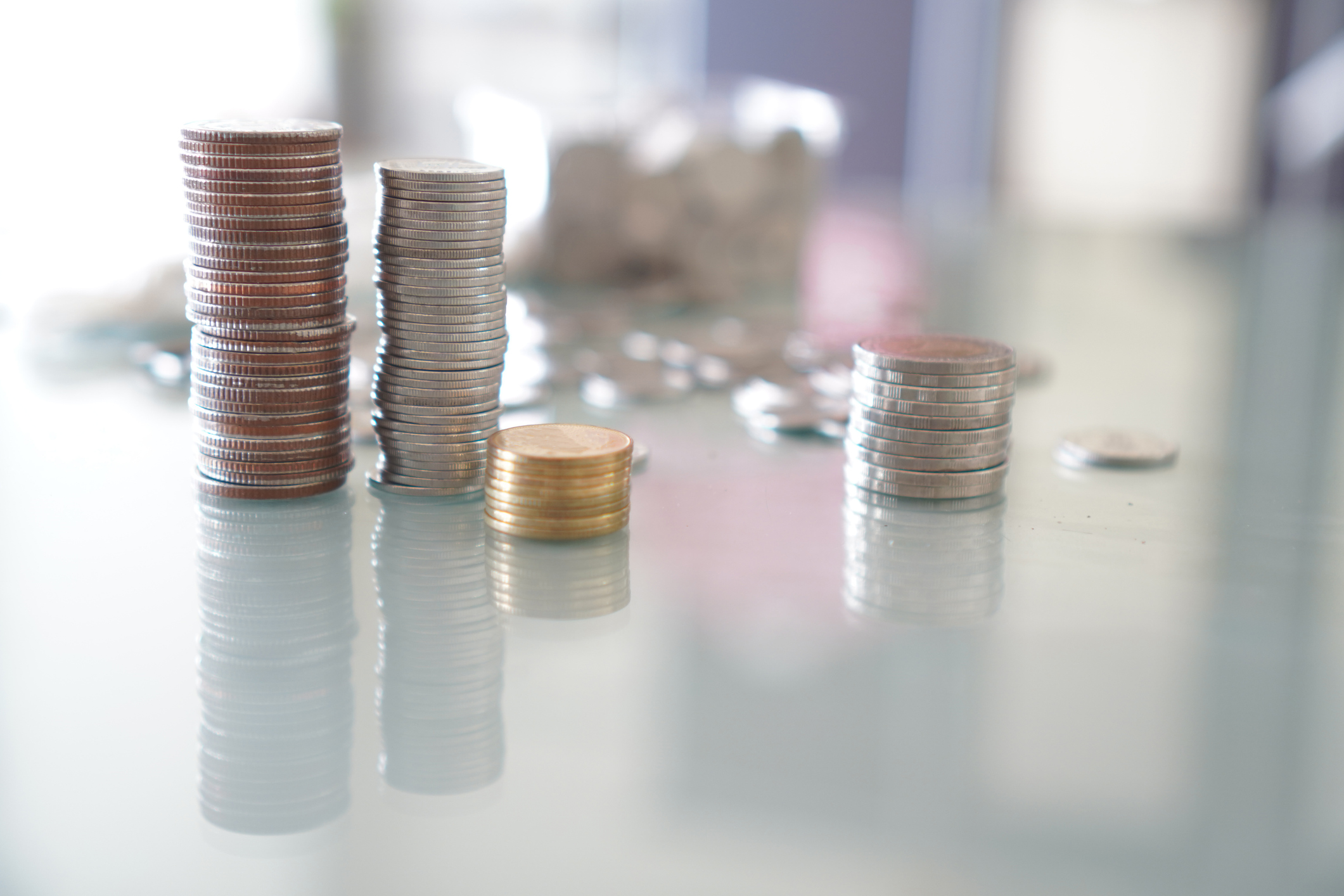 Smart Strategies for Paying Your Child an Allowance
Smart Strategies for Paying Your Child an AllowanceBy giving your kids money to spend and save, you’ll help them sharpen their financial skills at an early age.
-
 The Mulligan Rule of Retirement — Seven Mistakes You Can Fix
The Mulligan Rule of Retirement — Seven Mistakes You Can FixUse the Mulligan Rule to undo these seven costly retirement errors. While you can’t go back in time, some retirement choices allow for a “correction shot.”
-
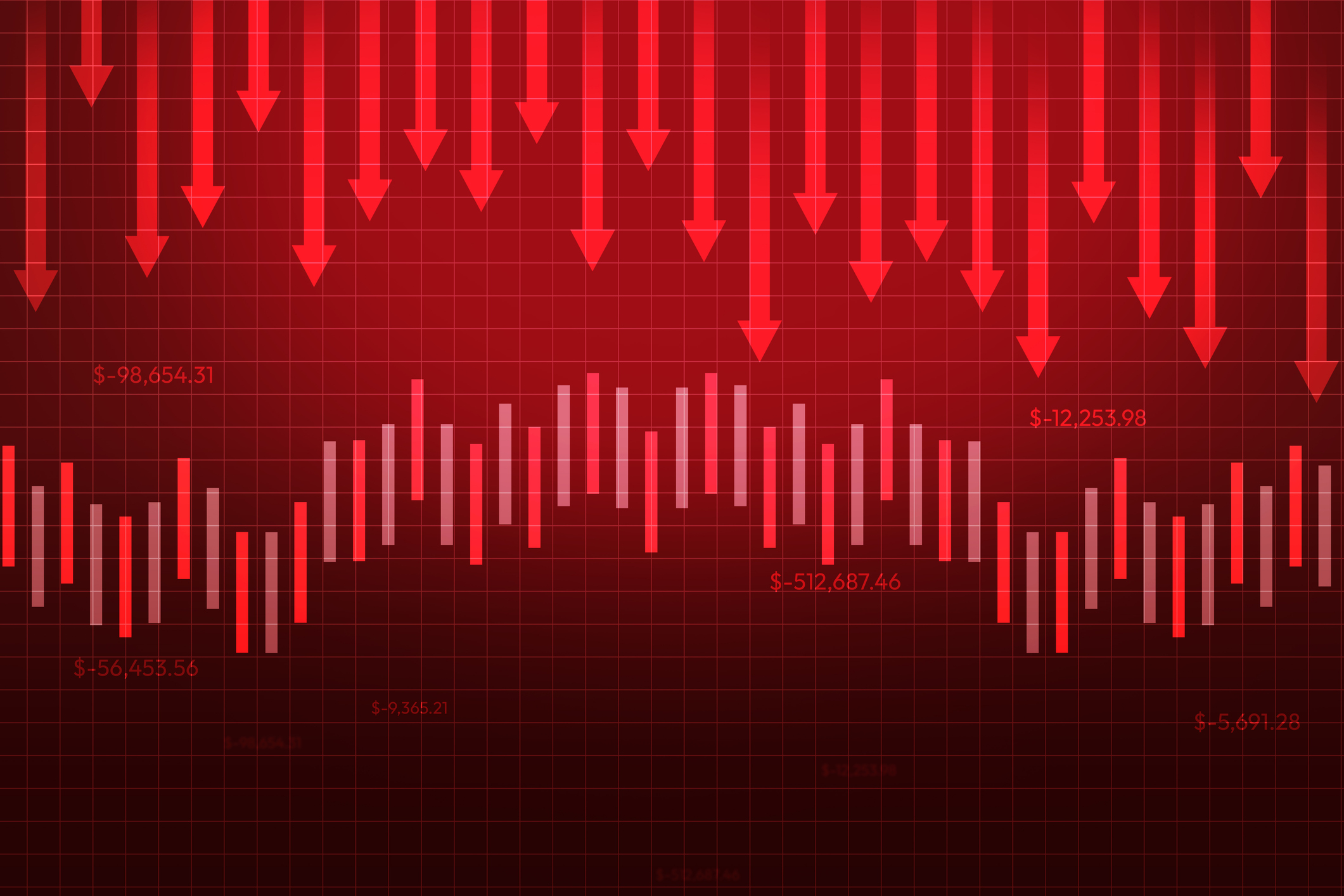 Risk Is Off Again, Dow Falls 397 Points: Stock Market Today
Risk Is Off Again, Dow Falls 397 Points: Stock Market TodayMarket participants are weighing still-solid earnings against both expectations and an increasingly opaque economic picture.
-
 Amazon Surge Sends S&P 500, Nasdaq Higher to Start November: Stock Market Today
Amazon Surge Sends S&P 500, Nasdaq Higher to Start November: Stock Market TodayAmazon inked a $38 billion cloud deal with OpenAI, which sent the stock to the top of the Dow Jones on Monday.
-
 Stocks Close Out Strong Month With Solid Amazon Earnings: Stock Market Today
Stocks Close Out Strong Month With Solid Amazon Earnings: Stock Market TodayAmazon lifted its spending forecast as its artificial intelligence (AI) initiatives create "a massive opportunity."
-
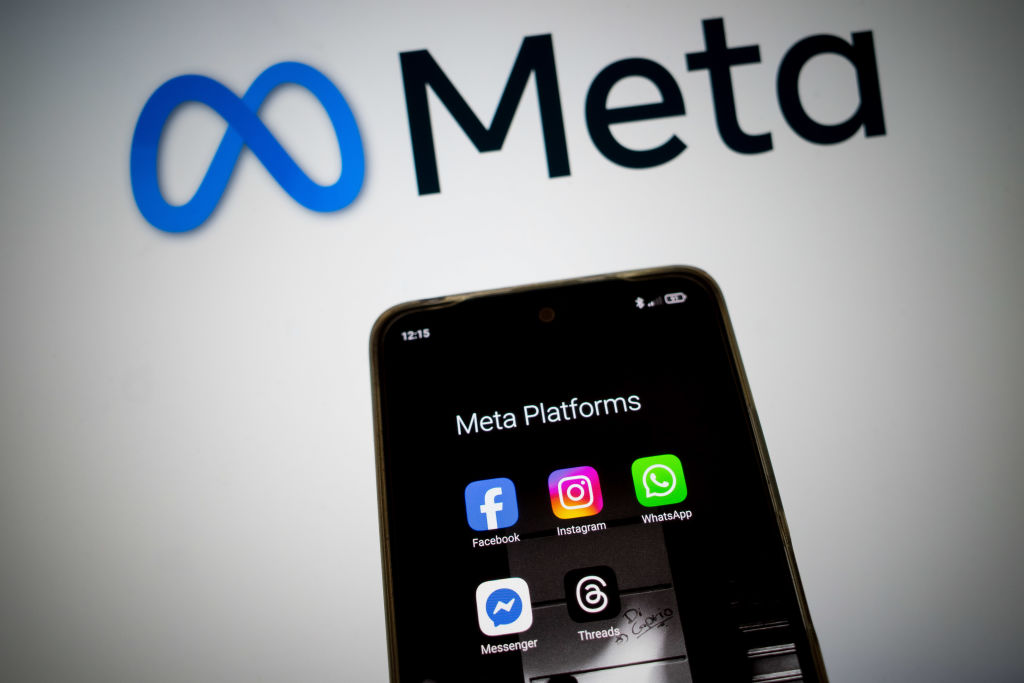 Stocks Sink with Meta, Microsoft: Stock Market Today
Stocks Sink with Meta, Microsoft: Stock Market TodayAlphabet was a bright light among the Magnificent 7 stocks today after the Google parent's quarterly revenue topped $100 billion for the first time.
-
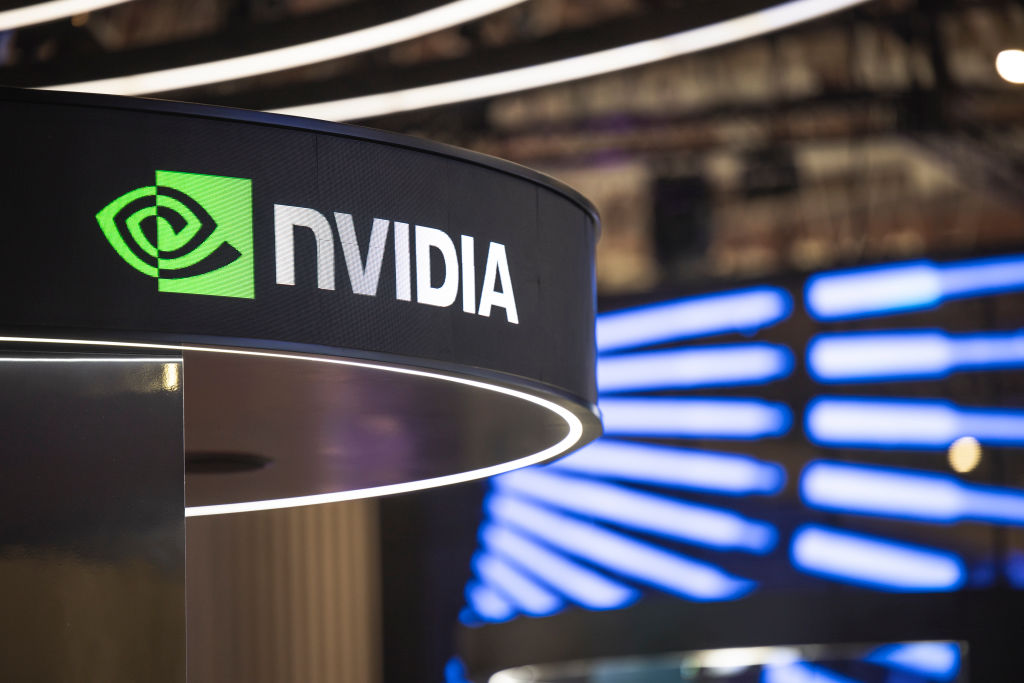 Dow, S&P 500 Slip on December Rate Cut Worries, Nvidia Boosts Nasdaq: Stock Market Today
Dow, S&P 500 Slip on December Rate Cut Worries, Nvidia Boosts Nasdaq: Stock Market TodayNvidia became the first company ever to boast a $5 trillion market cap, but it wasn't enough to lift the Dow and the S&P 500.
-
 Stocks Hit Fresh Highs Ahead of the Fed As Earnings Pump Optimism: Stock Market Today
Stocks Hit Fresh Highs Ahead of the Fed As Earnings Pump Optimism: Stock Market TodaySHW and UNH were two of the best Dow Jones stocks Tuesday, thanks to solid earnings reports, and MSFT closed with a $4 trillion market cap.
-
 US-China Trade Hopes Send Stocks to New Highs: Stock Market Today
US-China Trade Hopes Send Stocks to New Highs: Stock Market TodayApple and Microsoft are on track to join Nvidia in the $4 trillion market cap club.
-
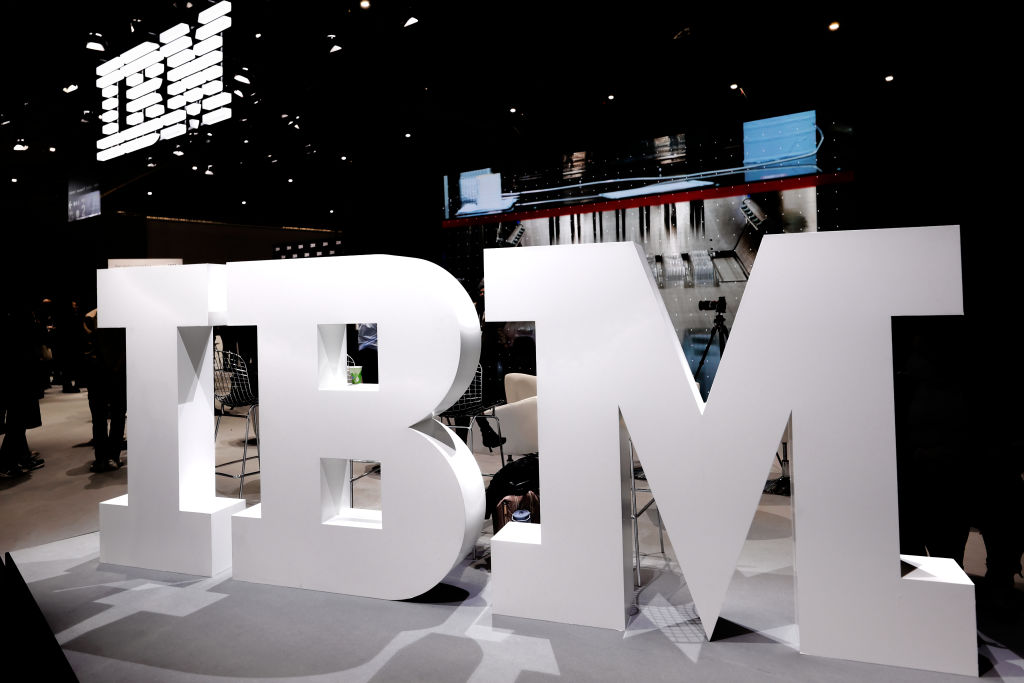 Dow Adds 472 Points After September CPI: Stock Market Today
Dow Adds 472 Points After September CPI: Stock Market TodayIBM and Advanced Micro Devices created tailwinds for the main indexes after scoring a major quantum-computing win.
